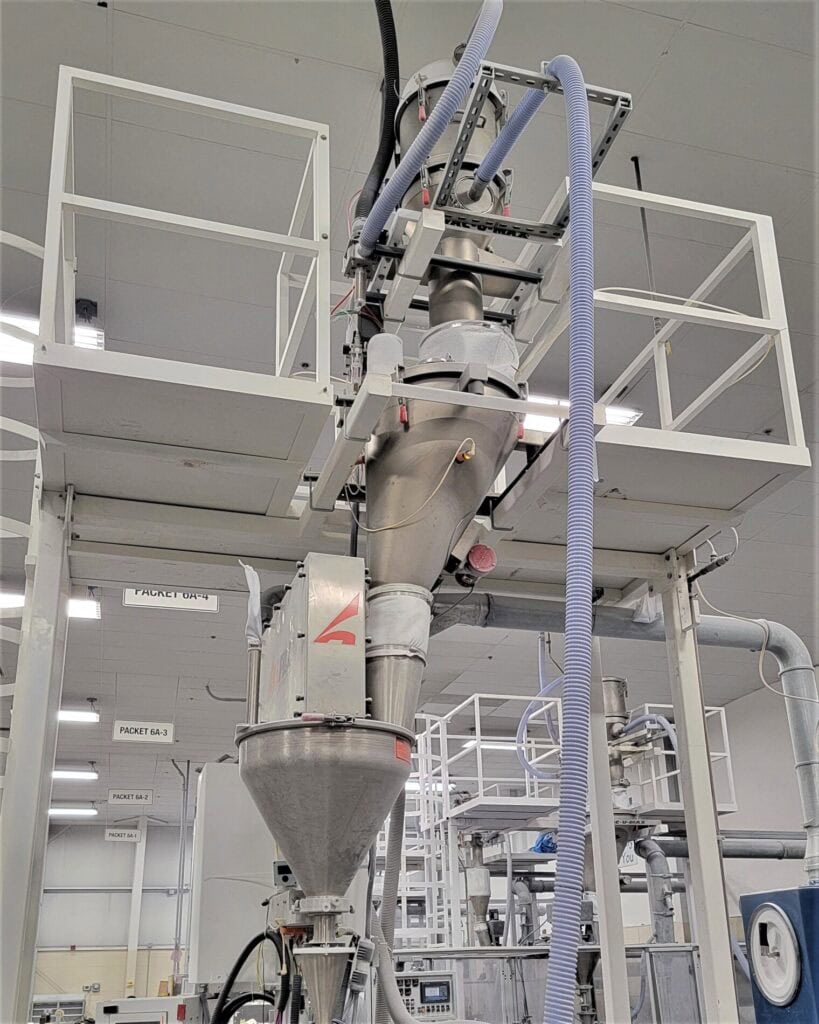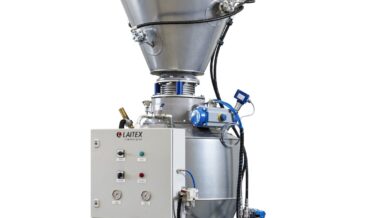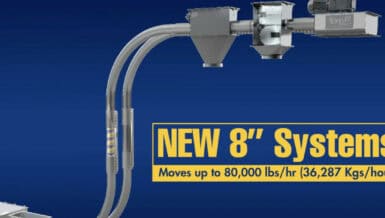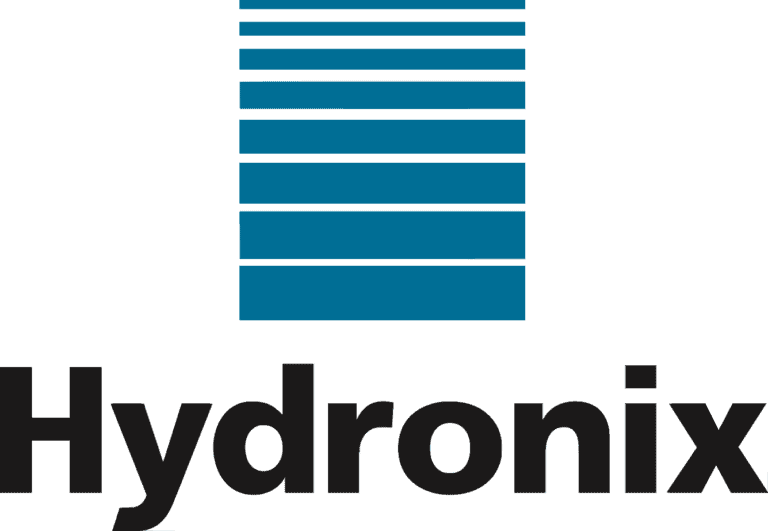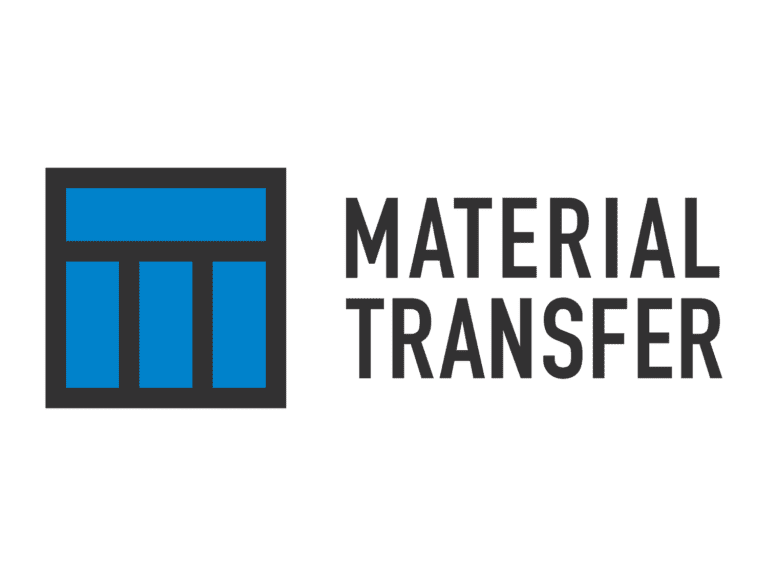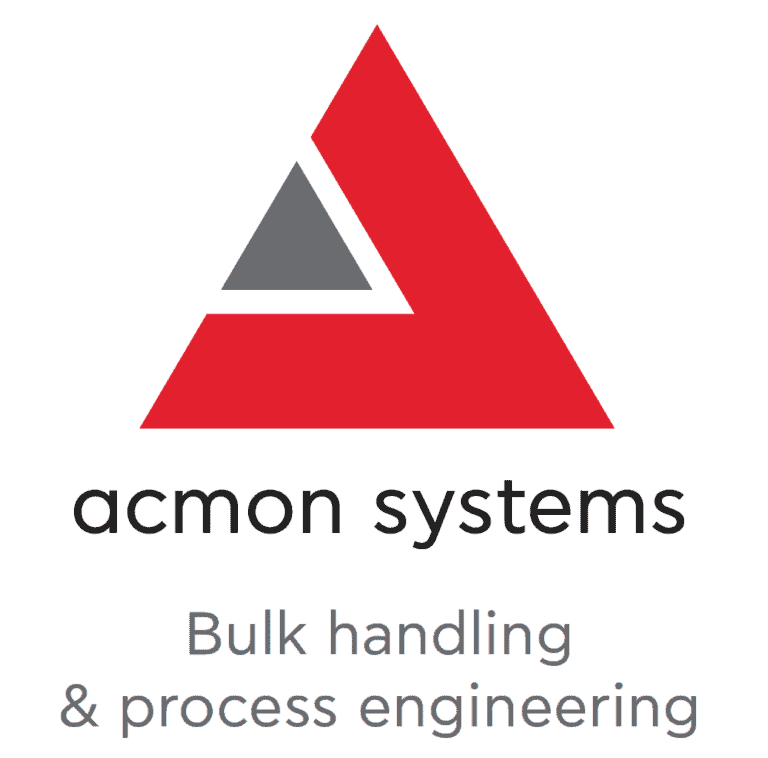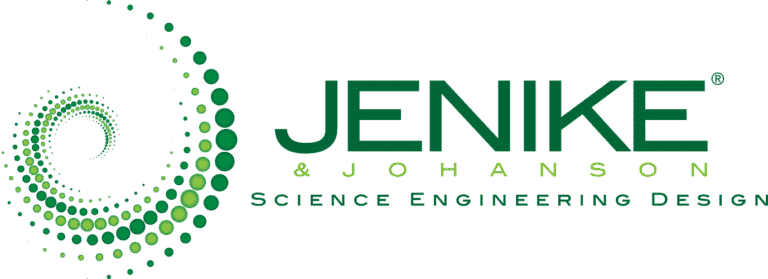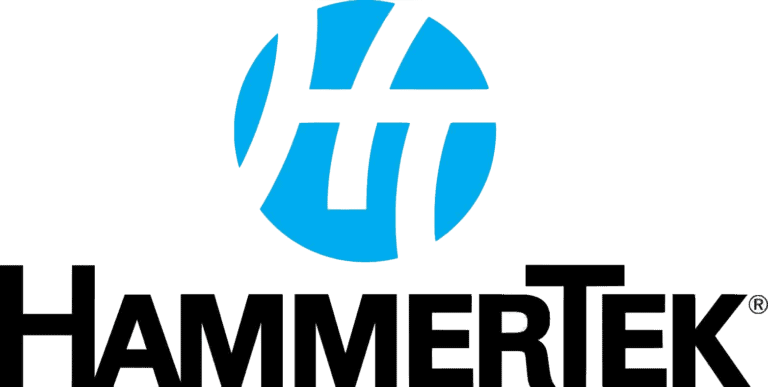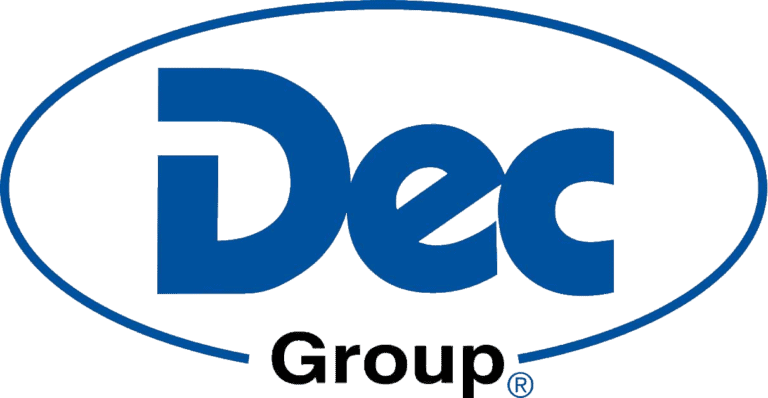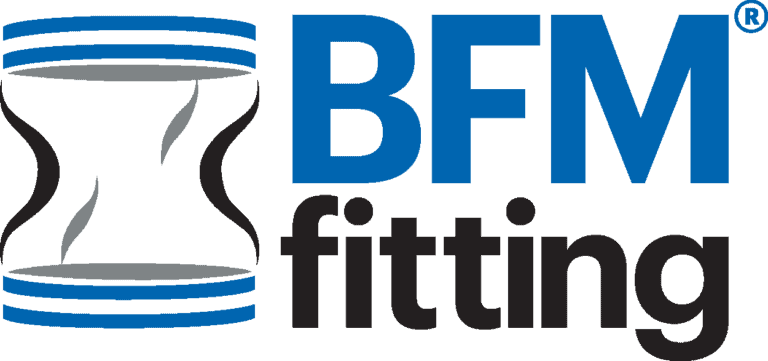Manual handling methods and mechanical feeders that once provided an economical solution to load packaging equipment often become stumbling blocks for packaging lines via inconsistent fills resulting in costly production interruptions; product loss through spillage, overfilling and product degradation; extended downtime to clean and maintain mechanical feeders and an assortment of safety hazards. To stay competitive packagers are replacing outdated manual methods and faulty equipment in their packaging lines with vacuum conveyors that deliver tangible improvements in uptime, efficiency, labor costs, safety, productivity, and product quality.
Vacuum conveyors use suction to move material through conveying lines, therefore, any leakage in the system is drawn inward and particulates that can endanger workers, jam expensive equipment, or cause cross contamination are prevented from entering the environment. Fully enclosed vacuum conveying systems, with no moving parts, protect materials from air, dirt and waste.
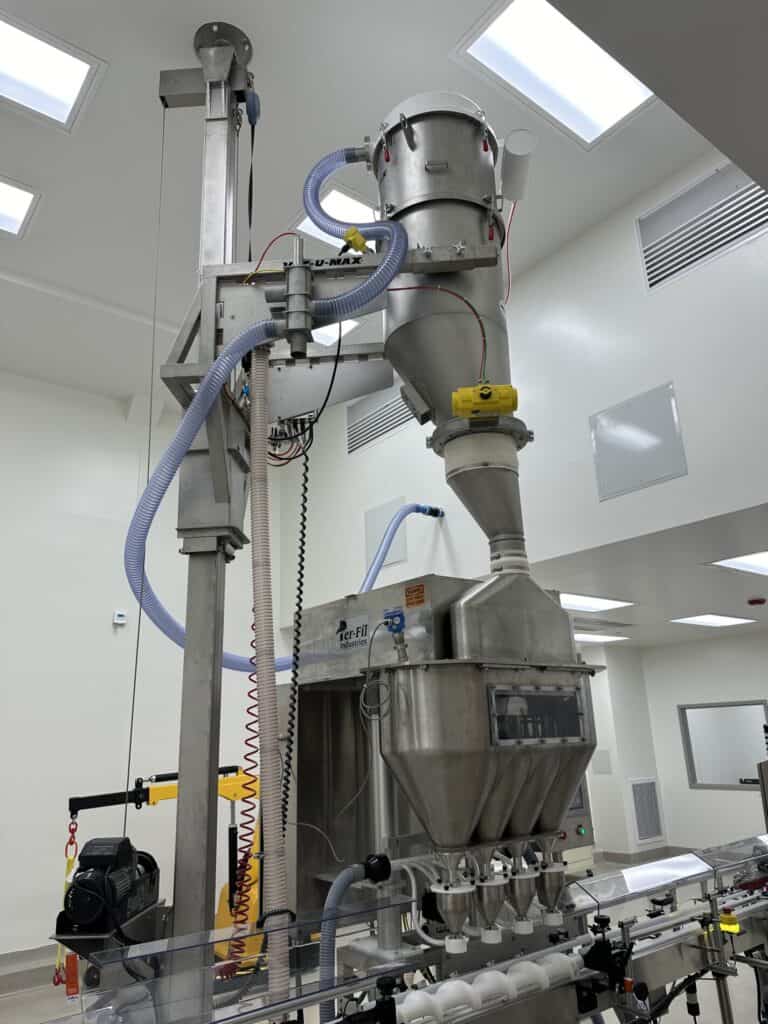
With their compact footprint, simple operation, and unmatched flexibility, vacuum conveyors have become the preferred choice for transferring products to packaging machines. Their ability to seamlessly integrate into nearly any process operation and adapt to changes with ease makes them invaluable. Unlike traditional conveyors, vacuum conveying lines can be routed between floors, through partitions, and around machinery, ensuring a smooth, efficient, and space-saving material transfer solution.
There are only five components that make up a vacuum conveying system: the pick up point where material is introduced into the system, a vacuum producer that powers the system, a vacuum receiver (aka filter receiver) that collects transferred material, convey tubing where material is transferred and is a control module that regulates conveying cycles and interfaces with other machinery.
A vacuum conveying system consists of just five key components: the pick-up point where material enters the system, a vacuum producer that powers the operation, a vacuum receiver (also known as a filter receiver) that collects the transferred material, convey tubing that facilitates material movement, and a control module that regulates conveying cycles and interfaces with other machinery.
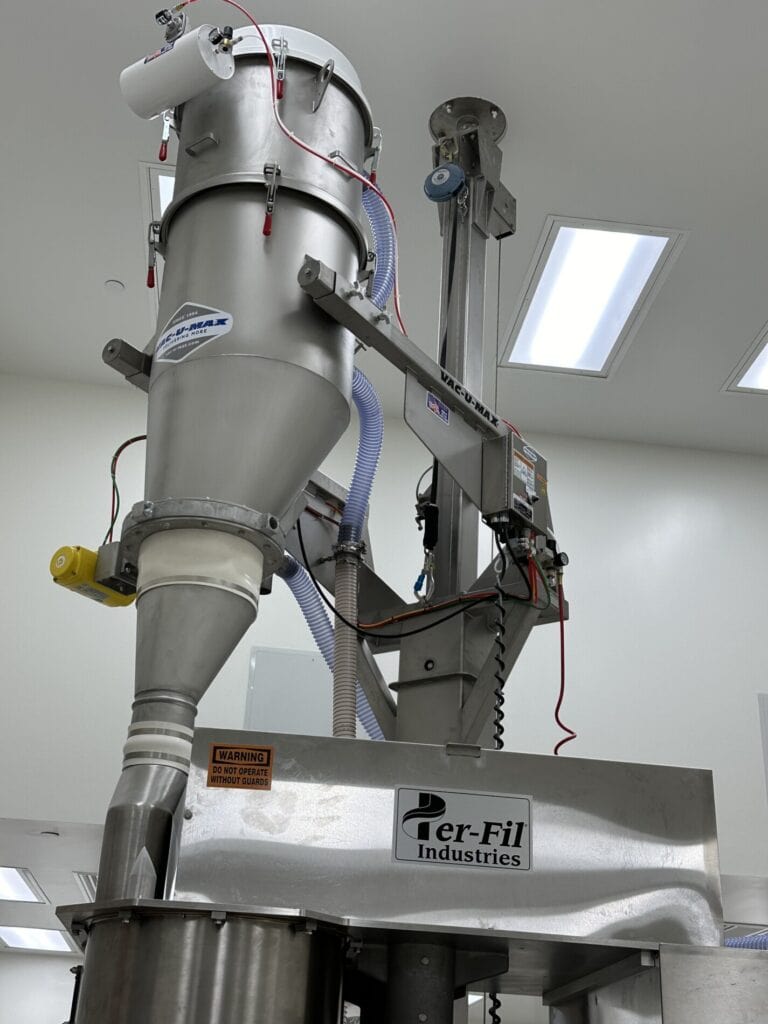
While vacuum conveying systems are relatively simple in design, they are not one-size-fits-all solutions. Successfully integrating vacuum technology into a packaging line depends on the expertise of vacuum conveying specialists, who must understand powder characteristics and how those properties interact with equipment design to ensure optimal performance.
Vacuum conveying is as much an art as it is science. Expert manufacturers that have experience with thousands of applications anticipate solutions in a broader framework than simply addressing a primary goal. Understanding common concerns of end users, like downtime for sanitation and cleaning, or machine utilization and worker safety, have led to innovative designs such as column lift and mobile conveyors that lower conveyors to floor height for faster and safer cleaning, changeover and maintenance.
Packagers wanting to invest in vacuum conveying technology to load filling equipment like auger filling machines know that they need something but may not be sure exactly what they need. Working with a seasoned expert in vacuum conveying technology is often the deciding factor between the right or wrong choice. Expert vacuum conveyor manufacturers perform factory acceptance tests (FAT) on equipment with the user’s material before it leaves the plant, ensuring that equipment arriving at the user’s facility is predictable.
While the initial cost of vacuum conveying equipment might be a significant factor in purchasing decisions, it’s important to consider the long-term costs, such as maintenance, energy consumption, and reliability. A lower upfront cost can sometimes mean sacrificing quality, efficiency, or durability, which can lead to increased downtime, repair expenses, and potentially higher operational costs in the future.
Investing in high-quality, efficient equipment may have a higher initial price, but it can deliver better performance, lower energy consumption, and reduced maintenance needs, ultimately leading to cost savings and a higher return on investment over time. It’s all about finding a balance between upfront cost and long-term operational efficiency.
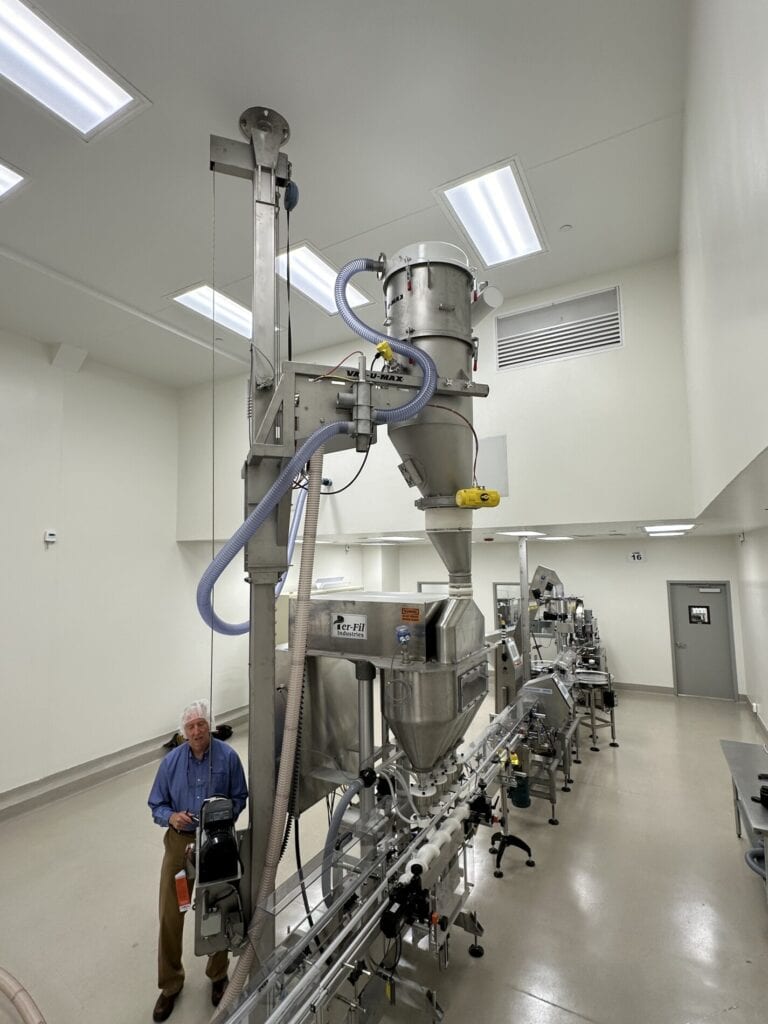
A good example that demonstrates both the flawed one-size fits all approaches and choice based on lower upfront costs is a tale between two tea applications. In the first application a private label manufacturer of whole leaf tea products purchased an extension conveyor to reduce the volume of workers needed to move mobile silos between production equipment and packaging machines. Rather than purchasing a vacuum conveyor from the manufacturer of its existing vacuum conveying system, the private labeler chose what appeared to be an equivalent system, but with lower upfront cost.
The new extension conveyor, however, generated a higher volume of fine particles in the final product of its high-grade whole leaf tea products, resulting in a quality control issue. The fine tea dust, up to 200 microns in size, is very receptive to static charge and was clinging to the inside of the cellophane packaging that wrapped around the boxes resulting in quality control issues and increased costs through rejected product, extended cleaning times, wasted production effort and retrofitting costs to eliminate the problem.
After unsuccessful attempts to remedy the problem with the vendor of the extension conveyor system, the private labeler contacted the manufacturer of its existing vacuum conveying system for a solution. After FAT with the private labeler’s materials, a pre-engineered system arrived at the tea manufacturer with several retrofitted filter separators to integrate with the extension system, remotely maximizing the amount of carry-over of tea dust drawn away from the extension system which eliminated 70-80 percent of the fine dust from the product.
Carry over is the amount of product collected in the filter separator to separate the air from solids (dust) inside a vessel to prevent solids from reaching the vacuum pump. Where most companies want to minimize carry over (to preserve product), the whole tea application called for maximizing carryover. In the other tea application, where pharmacopeial grade herbs are blended and processed into tea bags, the goal was to eliminate manual dumping of 100-pound barrels into hoppers and the use of forklifts to bring materials to a mezzanine level. Minimizing carryover to preserve expensive ingredients was an important consideration during FAT.
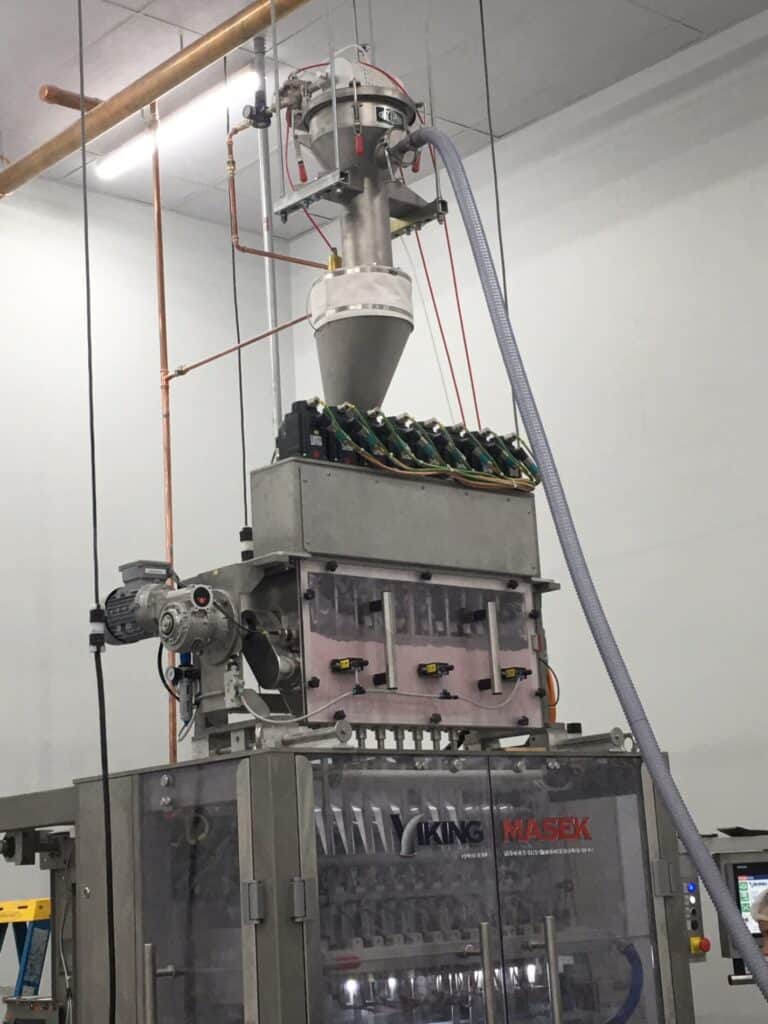
During testing, it was determined that the three-filter system initially specified for the application was capturing more product than desired, so the conveyor manufacturer came up with a single filter system instead and adjusted the flow rate to reach a level of carryover that satisfied the herbal supplement producer. Now rather than operators using forklifts to bring barrels up to the mezzanine level, and manually scooping materials into the hopper, operators insert use a wand into the barrels at the floor level and pneumatically transfer materials to equipment.
The system has eliminated all the forklift traffic which is a giant safety improvement since forklift accidents are responsible for approximately 87 workplace deaths each year. Improved safety is a common objective when processors move from manual handling to automated handling with vacuum conveyors. Cleaning and maintenance are always safer, more efficient, and effective, when performed at ground level. This is especially critical in industries where stringent FDA and USDA sanitary regulations lead to frequent extended downtime for cleaning.
Mobile and column lift vacuum conveyors are complete conveying systems that raise and lower the vacuum receiver to load taller equipment and then bring the vacuum receivers back down to ground level for cleaning or sanitizing, eliminating the need for stair climbing. Sanitary design is a specialized field and expert conveyor manufacturers that have worked with over 10,000 materials and have decades of experience building hygienic vacuum conveyor systems understand the different requirements for food, pharmaceuticals, nutraceuticals and cosmetic applications and know what must be done to provide processors with the most efficient sanitary powder and bulk solids transfer systems.
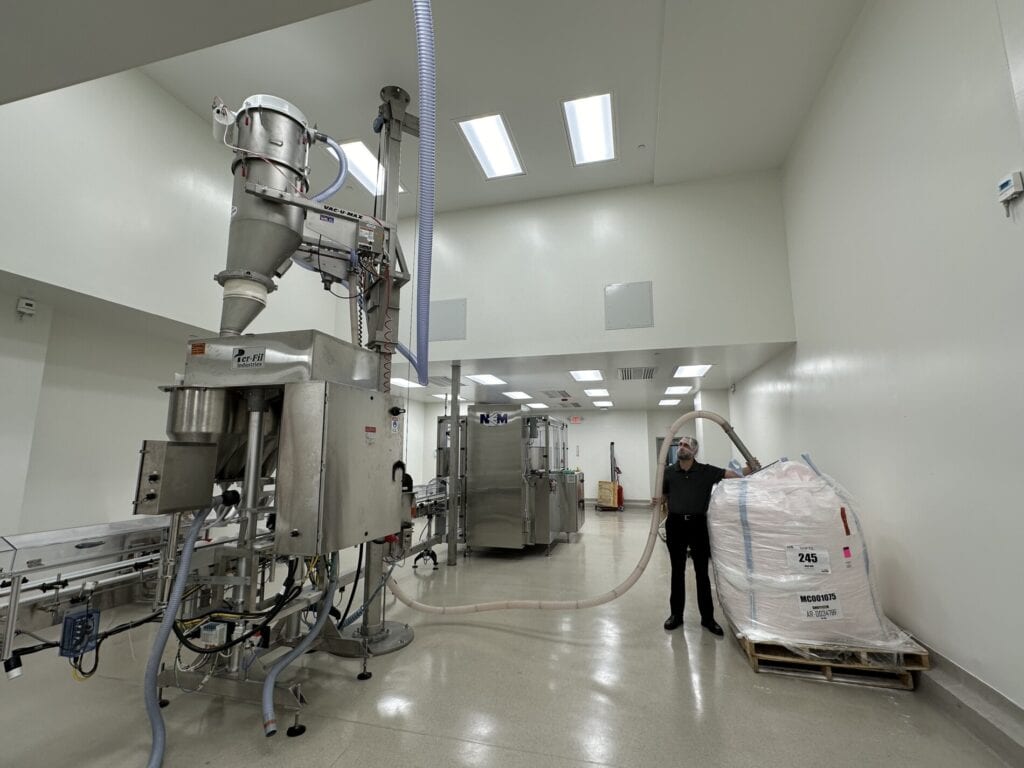
Mobile conveyors have high utilization rates in that a single mobile conveyor system can service multiple processes. When one type of packaging machine finishes a production run, it may be idle for the near future, but mobile conveyors can be quickly cleaned and moved to another room for use with another type of product and packaging machine.
To make cleaning and sanitation even more streamlined, some processors have two sets of convey lines and/or two sets of filters so they can quickly switch out dirty components with clean components, cleaning the other while the next process runs. Processors that run different flavors or colors, might have filters dedicated to certain ingredients (like cherry or licorice for instance).
Conveying finished product to packaging lines is not a one type fits all situation. Although there are limited instances where turnkey vacuum conveyor packages are available for packaging, like conveying gel caps, excipients, or nutraceutical powders to capsule filling machines, most often there is some level of customization needed to materialize comprehensive improvements afforded by vacuum conveyors.
Choosing a vacuum conveyor based solely on initial cost can be a false economy, as proven by the experience of the tea private labeler. Partnering with an experienced vacuum conveyor manufacturer with deep application knowledge in the packaging industry ensures not only long-term savings but also reliable, high-performance equipment tailored to your specific needs. An expert understands the unique challenges of packaging operations, offering solutions that enhance efficiency, optimize throughput, and reduce costly downtime. The right investment today, backed by industry expertise, pays dividends for years to come, ensuring your packaging operations run smoothly, cost-effectively, and with lasting performance.




